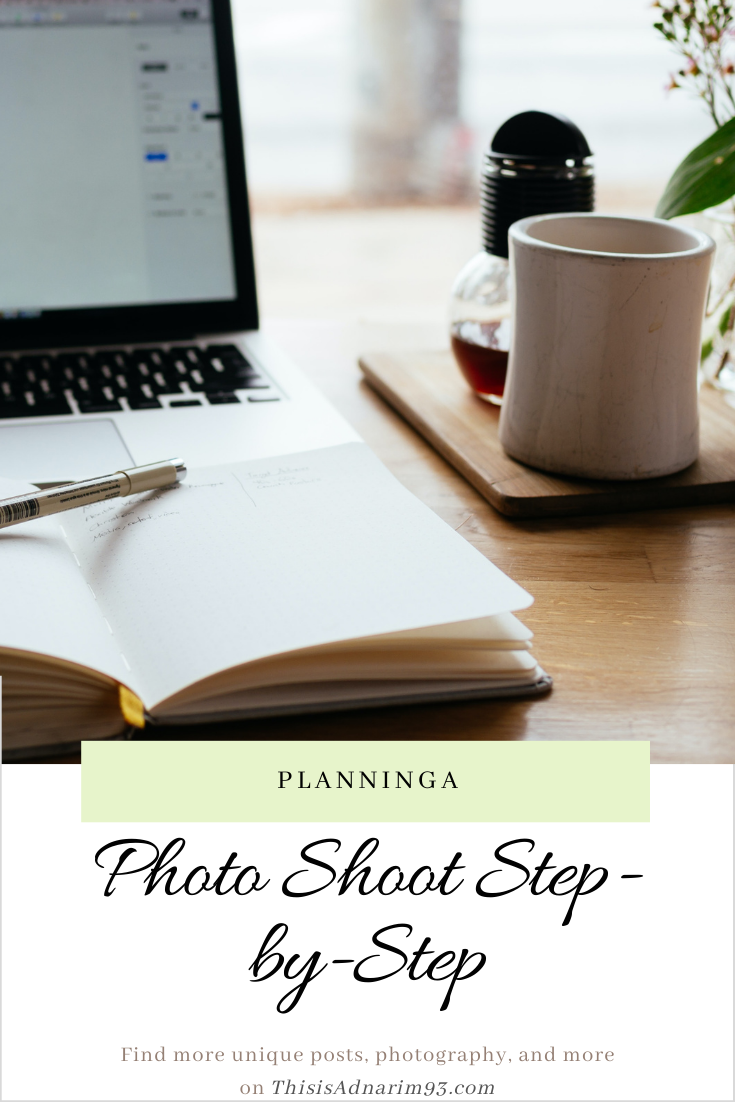Planning a Photo Shoot Step by Step
- Miranda R.

- Feb 28, 2022
- 3 min read

"By failing to prepare, you are preparing to fail."
~ Benjamin Franklin
You don't need a plan to do anything, but without a plan, failure is 99.9% certain. Planning is essential in any profession, even creative ones. Sometimes, it is assumed that creative entrepreneurs and artists just do things by the fly- and that is NOT true!
Even if our plans look nonsensical, there is a plan and if you're a creative who's not planning, I highly recommend that you do. Why? Because without a plan, you can get any outcome, desired or not, which is why I like planning my photo shoots step-by-step. Now, even if it's step-by-step, it's not entirely intricate. Another part of planning is accepting that things do not always go according to plan, but with a plan, you can leave space for recovery and pivots. Planning is integral to the creative process because it helps keep you on track and gives you a guide to follow.

Think of planning like pointing your arrow at a target. You know what you want to do from initiating the idea, but now you have to see how to get there. Planning a photo shoot step-by-step helps me visualize how to get to my target, that final gorgeous photo.
The first thing I do is try to identify the mood or story for the photo. If there isn't a set purpose given by a client or model, I create one. This helps me form an idea of what I want to do, giving my photo concept.
Once my photo concept is conceived, I then look into building the mood or story, brainstorming ideas on how to get the feeling and message across. For me, this involves putting together a photo mood board for the concept. This doesn't mean, my photos will come out like this, but they may have similar colors, emotions, and ambiance.
I first source my inspiration before creating the mood board. Most of the time I use Pinterest, creating a specific inspiration board where I collect different looks, setups, and accessories. To narrow my references down, I'll select my favorites and this goes into my photo mood board, along with additional notes, specific ideas, and even sometimes literary quotes.
These photo mood boards were created with Canva
After I complete my photo mood board, I jot down, my must-have shots. This gives me a clear objective so that even if everything doesn't go according to plan, I can reposition myself to frame those specific shots.
In addition to this, I go more into detail on accessories, props, and location. If I am working with multiple concepts and one person, I will also arrange the order of the concepts. This helps with near-seamless transitions between sets as the client or model changes outfits.
Once my photo mood board or inspiration board is completed, I will send it for review so the client or model not only has the look in mind but poses as well. While directing poses from head to toe is still done, this also prepares the person I'm capturing.
In between organizing inspiration and preparing physical equipment, I'll also write down any backup plans. Of course, backup plans, once again, do not always work, but the more I go through my plans, on the off chance something does happen that I'm not prepared for, I can think more quickly on my feet.

My planning ends by going over my photo-ready checklist to make sure I have all the necessary gear such as lighting, charged batteries, and SD cards. I cannot tell you how many times I have had mini-panic attacks though even after going through this checklist. I always worry that I forget something-which is why I need the lists.
The day before the shoot, I'll either pack up everything if I'm shooting on-location or verify everything is set up and functional (also the day of) in the studio.

That concludes my planning process. Most of the time things, fortunately, go well, but it is always best to prepare for the unexpected and not get defeated by it, but use it as an opportunity to learn and grow (or chop it up to a unique experience).







Comments